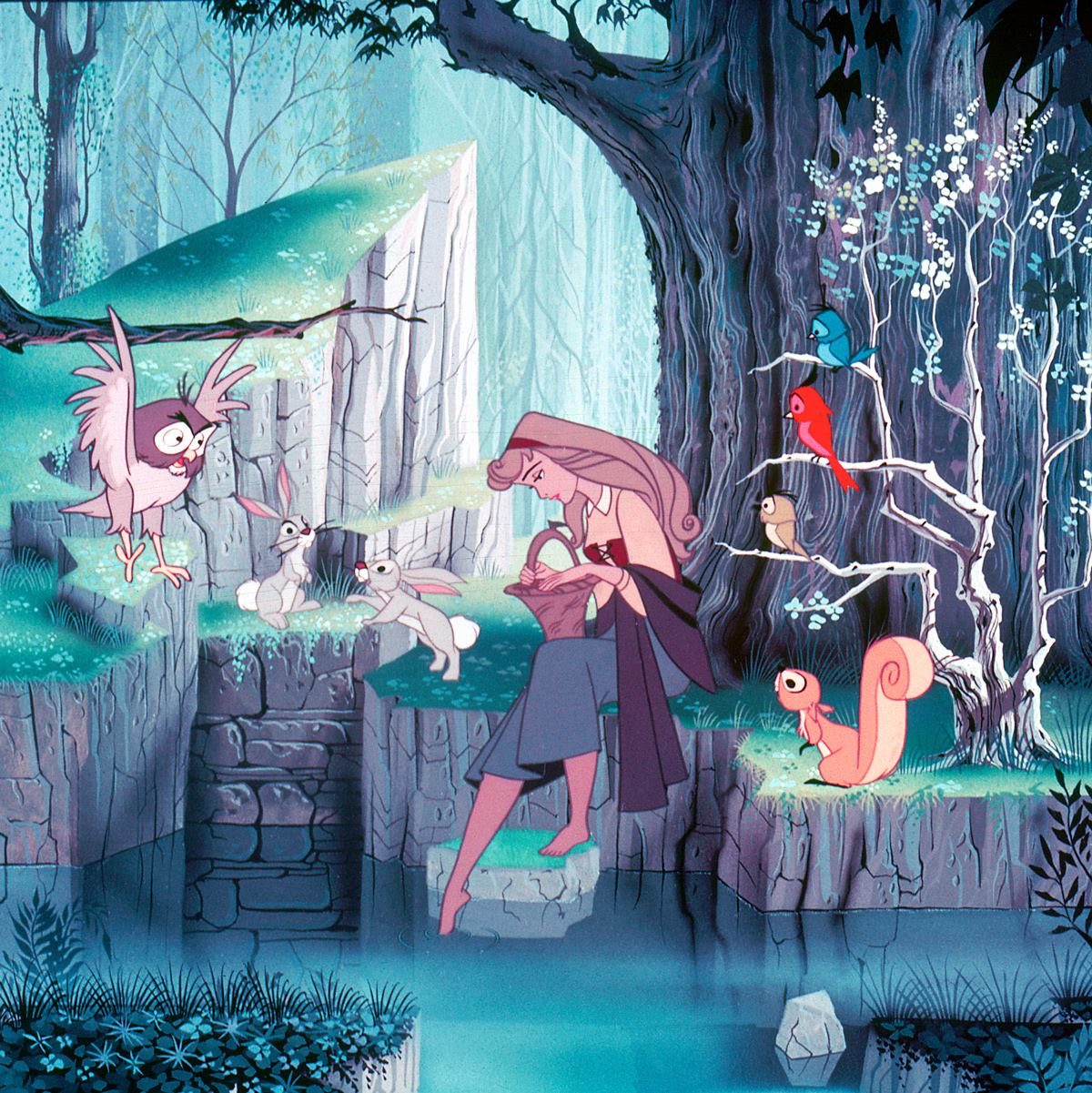Walt Disney’s Sleeping Beauty (1959) is celebrating its 60th anniversary today.
I have always been a fan of the film’s distinctive look, which is primarily attributed to production designer and artist extraordinaire Eyvind Earle.
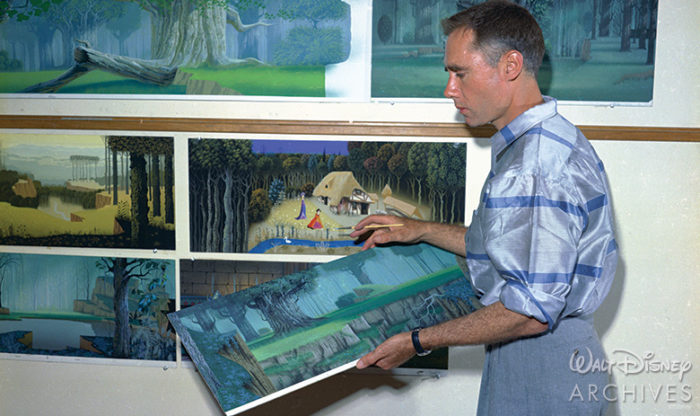

The folks at D23, the official Disney fan club, have been posting some cool Sleeping Beauty articles over the past few days to commemorate the film’s 60th anniversary. One of the articles describes Earle’s approach to the film’s unique design:
“Determined to make this new film a Disney animated feature like no other, Walt assigned stylist Eyvind Earle as production designer. Creating a stylized approach that was a radical departure from previous Disney animated features, Earle combined Gothic French, Italian, and pre-Renaissance influences with his own abstract style of realism to create the formalized elegance and stylish design seen in Sleeping Beauty. To create the sumptuously stylized panoramas for this widescreen spectacle, Earle painted dozens of backgrounds in his distinctive style, some of them 15 feet long. Animation artist Tom Oreb skillfully incorporated the strong horizontal and vertical planes of the backgrounds into the character design, so that they had the Earle flair.”
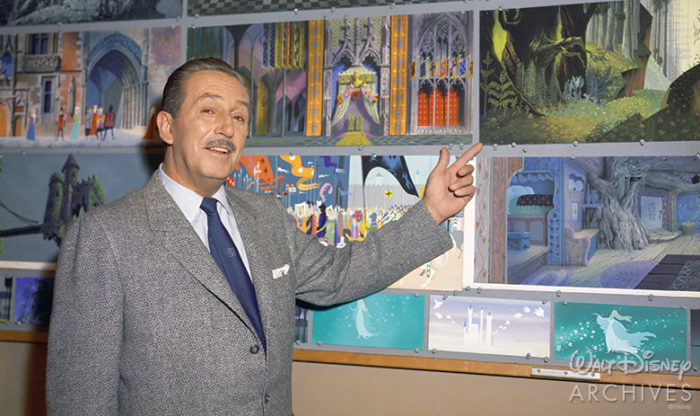
Also stated in the D23 article is the painstaking work that was required to create the film. “Sequence director Eric Larson recalled the conscious effort to strive for Sleeping Beauty perfection. ‘Walt told me after one story meeting that he didn’t care how long it took, but to do it right,’ he said. Walt challenged the more than 300 Sleeping Beauty artists and technicians to make each frame an independent work of art. Because of the intricate stylization of the characters, the assistant animators had to work carefully with exacting specifications, even down to the exact thickness of the pencil lines. In the case of the carefully designed Briar Rose, it took one full day to create one cleaned-up animation drawing. For the jewel-like colors selected by Eyvind Earle, the Disney Paint Lab developed new hues using additives that gave the pigments a glow on the screen unseen in any animated film that had come before.”
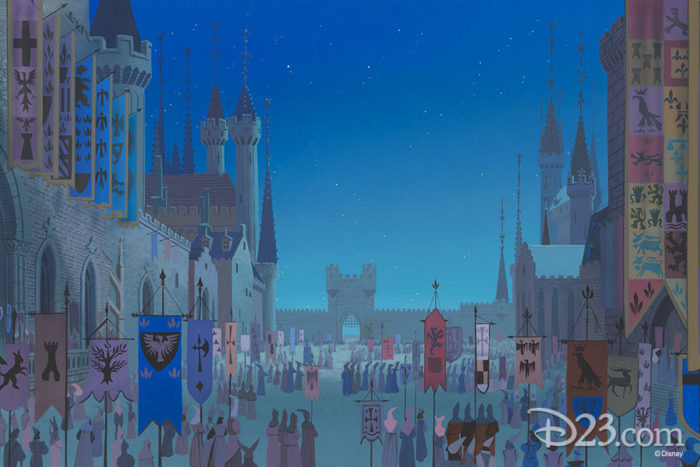

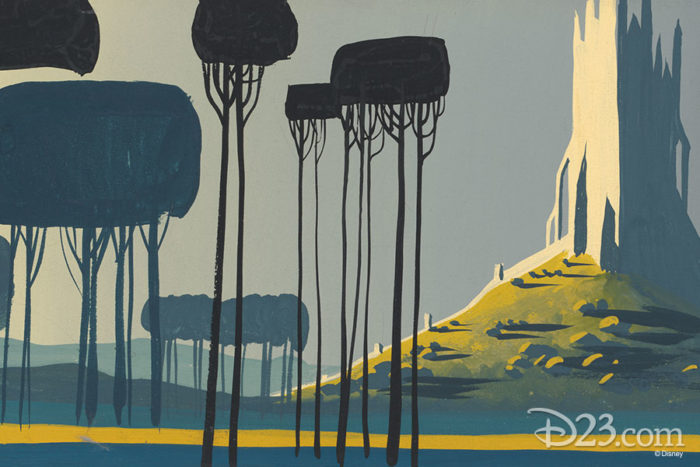
Another interesting item of note is that brilliant animator and artist Marc Davis was assigned to animate both the film’s protagonist (Princess Aurora/Briar Rose) and the antagonist (Maleficent).
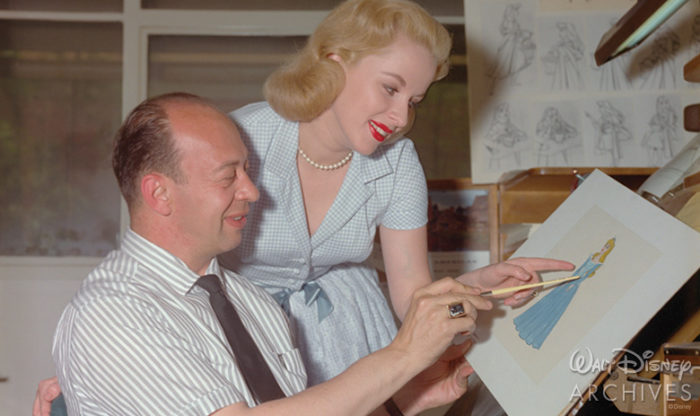
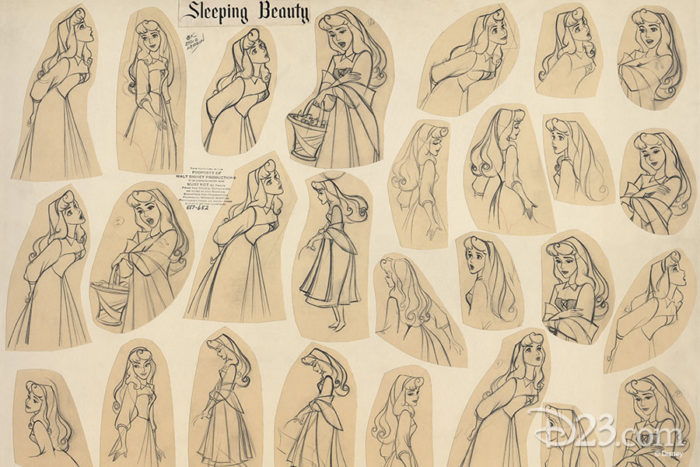
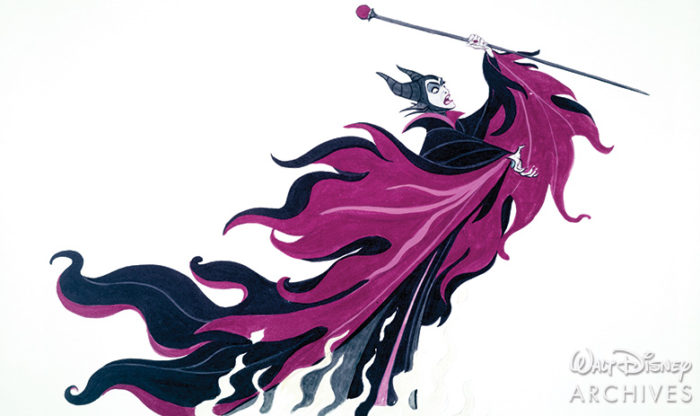
The film was the first animated movie shot in Super Technirama 70 widescreen (and the second to filmed in widescreen after 1955’s Lady and the Tramp). It was also released in 6-channel stereophonic sound. Here’s a clip (and check out those amazing Eyvind Earle trees).
The great art of Sleeping Beauty lives on today. Princess Aurora even made a stylized appearance, along with all of the other princesses from Walt Disney Animation Studios and Pixar Animation Studios, in last year’s Ralph Breaks the Internet. Here’s a tribute tweet today from Walt Disney Animation Studios.
Here’s some great art by Walt Disney Animation Studios artist Lorelay Bove, too.
Speaking of D23, I am seeing Sleeping Beauty on the big screen next month as part of special D23 event and I can’t wait (more to come).
All images ©️ Disney

